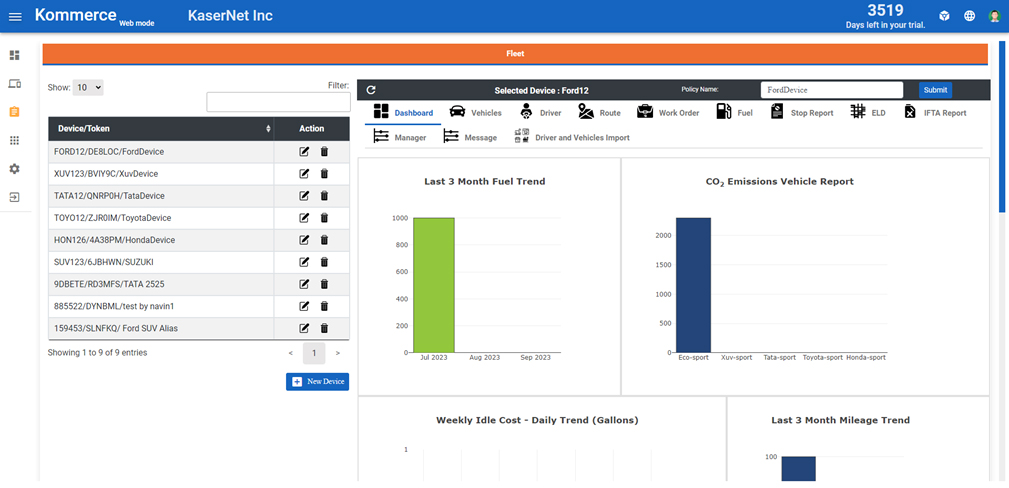Automated planning
Automating planning for a month’s worth of tasks or deliveries, with the ability to update plans when unforeseen changes occur, can bring significant benefits to efficiency and adaptability. Here’s how such automation could work:
Centralized planning system: Implement a centralized planning system that can manage and schedule tasks or deliveries for the entire month. This system could be a project management tool, a task scheduling software, or a dedicated logistics management platform.

Notifications and alerts: Configure the planning system to send notifications and alerts to relevant stakeholders when changes are made to the schedule. This ensures everyone involved is informed about adjustments and can adapt their plans or actions accordingly. =è send ETA to
Regular review and refinement: Conduct regular reviews of the automated planning process to identify areas for improvement. Analyze feedback, evaluate the effectiveness of the system, and make necessary adjustments to enhance its performance and accuracy.
By automating planning and incorporating real-time updates, you can save time, reduce manual errors, adapt to changing circumstances, and improve overall efficiency in managing tasks or deliveries over an entire month.
Breadcrumb Trail
A breadcrumb trail is a digital record or trail of a driver’s movements, typically captured through GPS or telematics systems.
Tracking and accuracy: Breadcrumb trails provide detailed information on the actual path taken by drivers, including their speed, stops, and duration at each location. It offers accurate data to compare against the planned routes.
Identifying deviations: By analyzing the breadcrumb trail, you can precisely pinpoint where and when drivers deviate from the planned routes. This information can help identify potential issues, such as inefficient route choices or unauthorized stops, that need to be addressed.
Communication: Communicating planned routes to drivers ensures they have clear instructions and expectations regarding their assignments.
Driver feedback and training: Discuss deviations with drivers to understand the reasons behind them. Provide feedback and offer additional training if necessary to ensure compliance with planned routes.
Route optimization: Use the insights gained from comparing planned and actual routes to optimize future routes. Identify areas where improvements can be made, such as adjusting delivery sequences or considering real-time traffic conditions.
Continuous improvement: Regularly monitor and analyze the breadcrumb trail data to identify trends, patterns, or recurring deviations. Implement corrective measures and process improvements to minimize deviations and enhance overall efficiency.
By comparing planned routes to actual routes and utilizing a breadcrumb trail, businesses can gain visibility into driver behavior, identify deviations, and address any necessary improvements. This analysis contributes to better route planning, improved driver compliance, enhanced customer service, and overall operational efficiency.


